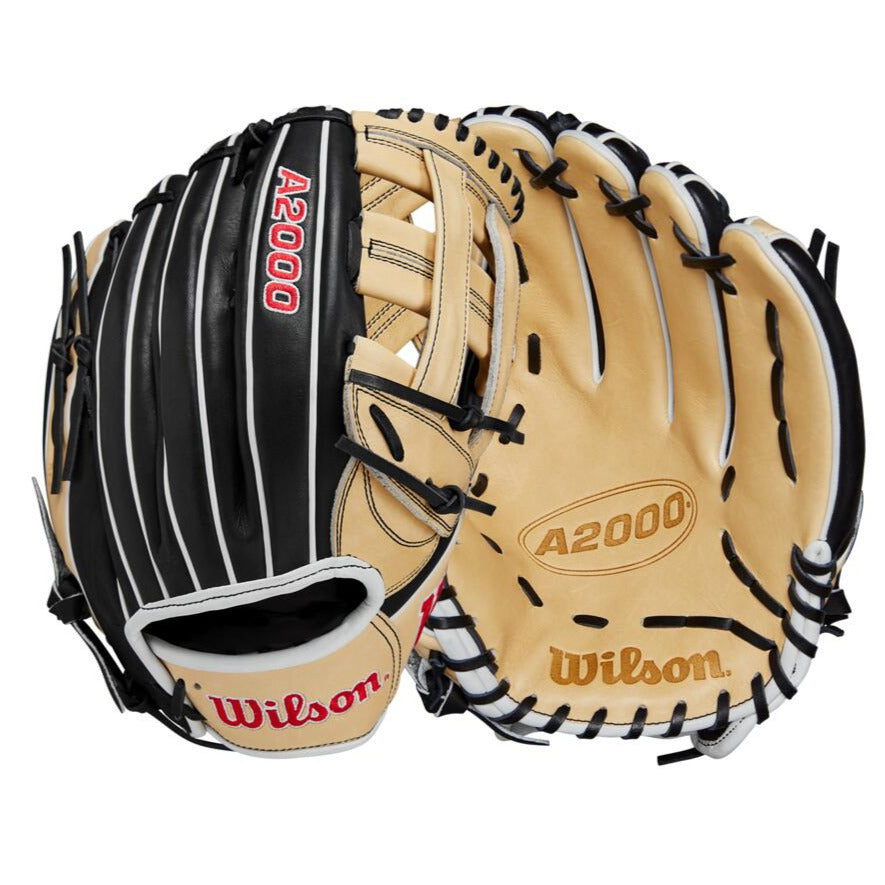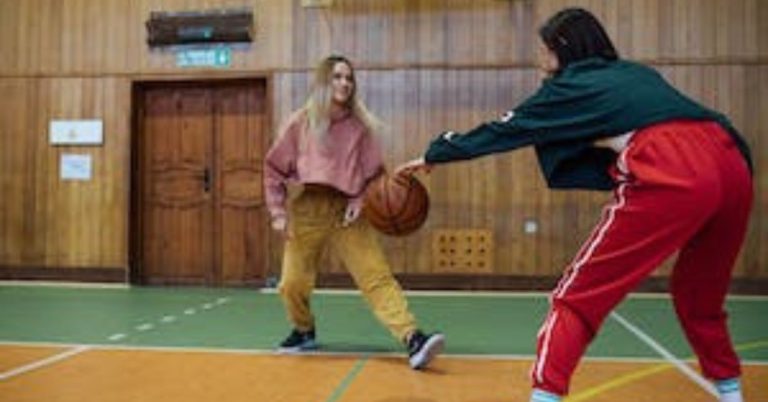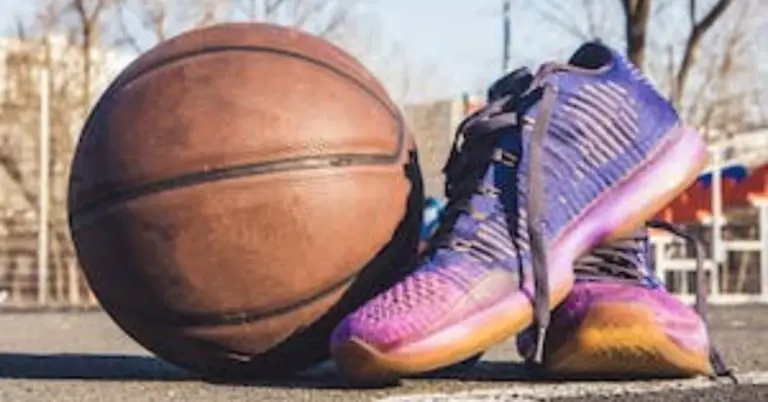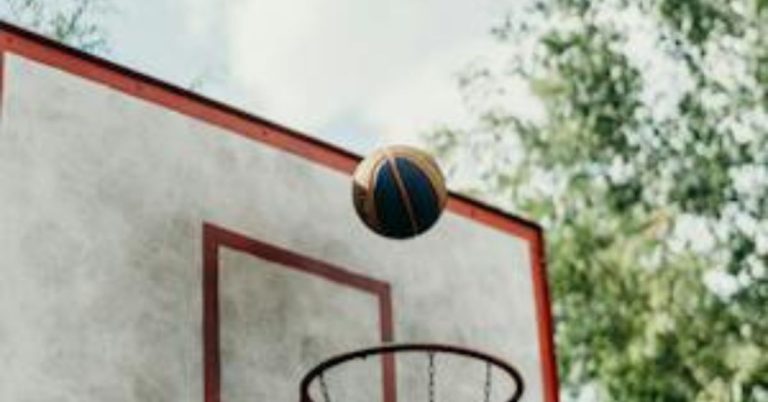What to Do When Baseball Glove Gets Wet: Quick Fixes!
Dry your baseball glove by gently wiping it with a towel and allowing it to air dry naturally. Avoid exposing it to direct heat or sunlight to prevent damage.
A wet baseball glove can be a player’s nightmare, risking the integrity of the leather and its shape. Immediate action is necessary to preserve the glove’s quality and durability. Taking swift and proper care will ensure your glove remains a reliable tool on the field.
Many players occasionally find themselves with a drenched glove after a rainy game or an accidental dunk. Knowing how to handle this situation is essential to maintain the glove’s performance. A well-maintained baseball glove can last for seasons, becoming an extension of the player; therefore, understanding the right drying techniques is a must for any serious player. Keep a towel handy and let the air do its work, as this is the first crucial step towards safeguarding your baseball investment.
Unexpected Rain: Salvaging A Soaked Glove
A sudden downpour can turn a day on the diamond into a scramble to protect your equipment, especially your baseball glove. Rain can do more than just dampen your spirits; it can affect the leather, shaping, and lifespan of your baseball glove. Knowing immediate steps to take after exposure to rain and understanding the do’s and don’ts for wet leather can be the game-changer for saving your glove.
Immediate Steps After Exposure
Gentle action is key right after your glove gets wet. Follow these points:
- Blot excess water with a soft towel.
- Avoid direct heat sources to dry the glove.
- Open the glove fully to allow air circulation.
- Stuff the glove with newspapers to absorb moisture.
- Keep the glove in a well-ventilated space.
Do’s And Don’ts For Wet Leather
| Do’s | Don’ts |
|---|---|
| Use leather conditioner sparingly. | Expose to direct sunlight or heat. |
| Apply a mild cleaner made for leather. | Rub or scrub the leather harshly. |
| Let the glove dry naturally over time. | Use a hair dryer or any harsh drying method. |
| Take the glove to a professional if needed. | Leave the glove closed as it dries. |
Remember, patience is essential. Leather takes time to dry, and rushing this process can damage your glove’s fit and feel.
Removing Excess Water
Removing Excess Water from your baseball glove is crucial after it gets wet. Caught in the rain during the last inning? Don’t worry, drying your glove correctly can preserve its life and performance. Act fast and follow these steps to ensure your glove remains in top-notch condition.
Proper Glove Blotting Techniques
To remove the water quickly and efficiently from a wet baseball glove, blotting is the optimal method. Blot, don’t rub, to protect the leather. Here’s how you can do it:
- Find a clean, dry towel.
- Gently press the towel against all areas of the glove.
- Focus on spots that soaked up the most water.
- Repeat until no more water gets on the towel.
Materials To Avoid When Drying
Selecting the right materials to dry your glove is as important as the technique. Avoid these common mistakes:
- Don’t use a hairdryer – the heat can warp the leather.
- Stay away from direct sunlight – it can fade the color and weaken the glove.
- Never put your glove in an oven or microwave.
- Avoid leaving your glove on a radiator.
- Steer clear of any kind of direct heat source.
Natural Drying: Patience Is Key
Natural Drying: Patience is Key is the golden rule when dealing with a wet baseball glove. Rushing the drying process can harm the leather, changing its shape and flexibility. To maintain your glove’s lifespan, let it dry naturally. Follow these guidelines and embrace the waiting game for a glove that stays in top-notch condition.
Ideal Conditions For Air Drying
- Find a well-ventilated area away from direct sunlight.
- Place the glove in an open position to maximize air flow.
- Room temperature is best—neither too hot nor too cold.
- Keep the glove away from heaters or fireplaces.
The Risks Of Speeding Up The Process
Trying to speed up drying can damage your glove.
| Method | Risk |
|---|---|
| Using a hairdryer | Can cause the leather to warp or crack. |
| Placing in the oven | May harden or shrink the glove. |
| Leaving under the sun | Fades color and weakens stitching. |
Avoid these methods to ensure the glove dries properly without damage.

Credit: www.diamondsportgear.com
Maintaining Shape During Drying
Maintaining Shape During Drying is crucial for preserving your baseball glove’s life and performance. When a glove gets wet, the leather can soften and deform if not dried properly. A well-shaped glove means better playability and longer glove life. Follow these steps to ensure your glove retains its form as it dries.
Why Glove Shape Matters
A proper glove shape ensures a snug fit for your hand, which translates to enhanced control on the field. A misshapen glove can lead to dropped balls and decreased glove longevity. Keep a stiff, well-formed pocket for optimal performance during catches.
Tools To Help Retain Form
Several tools can assist in keeping your glove’s shape during the drying process:
- Glove Mallet: A mallet can shape the glove’s pocket by mimicking a ball impact.
- Glove Wrap: Wrapping the glove around a ball keeps the pocket defined.
- Glove Shapers: These inserts hold the glove open, preventing wrinkles.
Remember to avoid direct heat or sunlight, as these can dry the leather too quickly and cause it to crack. Instead, choose a well-ventilated area and let the glove dry slowly.
| Tool | Use |
|---|---|
| Glove Mallet | Forms pocket |
| Glove Wrap | Maintains pocket with ball |
| Glove Shapers | Keeps glove open |
By using these tools, you can ensure your glove dries in the best shape for your next game. Keep the leather conditioned and your glove will serve you well for seasons to come.
Leather Conditioning: Post-wetness Care
Let’s face it, a wet baseball glove can leave you feeling all thumbs. But, chin up! Proper leather conditioning can bring your soggy mitt back to life. A cared-for glove means a better game. Ready to restore that leather? Follow these steps.
Selecting The Right Conditioner
Not all leather conditioners are equal. Your baseball glove needs the best. Look for conditioners designed for gloves. They keep leather supple and ready for the next catch. Remember, no dyes or harmful chemicals. Below is a list to check when choosing:
- Specially formulated for sports equipment
- Free from harmful additives
- Good reviews from other players
- Promises to soften and protect
Application Techniques For Restoration
Now, let’s apply it right. A small amount works wonders. Here’s how to do it:
- Clean the glove gently with a damp cloth
- Take a pea-sized conditioner dollop
- Work it in with a circular motion
- Let the glove dry naturally, away from direct heat
- Repeat if needed, but don’t overdo it

Credit: www.diamondsportgear.com
When To Involve A Professional
Imagine stepping out of a nail-biting baseball game because of a sudden downpour. Your cherished glove is soaking wet! Worry not, because sometimes, a professional touch is exactly what you need to salvage your trusty mitt. But how do you decide when to seek out an expert’s help?
Assessing The Damage
First, inspect your glove for any serious harm. Check for these signs:
- Leather distortion: Is the glove misshapen?
- Color alteration: Has the leather changed color dramatically?
- Rigidity: Is the glove unusually stiff?
- Stitching issues: Are any threads coming loose?
If you spotted any of these, a pro should take a look.
Services Offered By Experts
Experts provide specialized services to fix wet gloves. These include:
| Service | Description |
|---|---|
| Reconditioning | Restores the leather’s suppleness and corrects shape. |
| Relacing | Replaces damaged or stretched laces. |
| Recoloring | Returns the original color to faded areas. |
Some issues cannot be fixed at home. Experts have the right tools and skills to make your glove like new again.
Preventative Measures For The Future
For baseball enthusiasts who value their gear, protecting your glove from getting wet is essential. Taking proactive steps ensures the longevity and performance of your prized possession.
Waterproofing Solutions
Waterproofing is your first line of defense. Apply a waterproofing agent designed specifically for leather. Here’s a straightforward approach:
- Clean the glove with a soft cloth.
- Apply the waterproofing cream or spray evenly.
- Allow the glove to dry naturally.
- Repeat the process seasonally for optimal protection.
Protective Gear For Your Glove
Using protective gear shields your glove from the elements. Consider these options:
- A glove wrap maintains the glove’s shape and shields it from moisture.
- Storage bags with silica gel packets keep gloves dry.
- A glove guard is a hard case that prevents crushing and water damage.

Credit: www.diamondsportgear.com
Understanding Weather’s Impact On Leather
Baseball gloves are athletes’ prized companions. Leather, their primary material, is vulnerable to weather conditions. It’s crucial to grasp how rain, humidity, or even a spilled water bottle can affect your prized mitt. Proper care ensures your glove maintains its shape and performance, no matter the weather.
How Water Affects Leather Structure
Leather loves consistency. When wet, the fibers in leather swell and soften. This makes the glove more pliable. But as it dries, leather can stiffen, often unevenly, leading to a stiff, warped glove. This impacts your grip on the baseball. Moisture can also encourage mold and mildew growth, which damage leather’s integrity. Keeping your glove dry is the first defense against weather’s harsh effects.
Long-term Care For All-weather Play
- Water-resistant treatments: Apply a leather conditioner to create a protective barrier against moisture.
- Proper storage: Store in a cool, dry place. Avoid leaving your glove outdoors or in damp areas.
- After rain play: If your glove gets drenched, dab excess water with a towel. Stuff the glove with newspaper to maintain shape and absorb moisture.
- Avoid direct heat: Never use a hairdryer or place near heaters to speed up the drying process.
- Regular conditioning: Reapply leather conditioners periodically to maintain moisture balance within the leather.
Home Remedies And Glove Care Hacks
So your beloved baseball glove took a dive into a puddle or got caught in a sudden downpour. Fear not, your glove’s not doomed! Time is of the essence to prevent the leather from warping or getting mildew. Let’s talk about some home remedies and glove care hacks.
Diy Drying Agents
Quick action can save your glove’s shape and performance. Here’s how to use what you have at home:
- Uncooked Rice – Use like a desiccant; fill a large bowl and bury your glove overnight.
- Old Newspapers – Stuff the glove with crumpled papers to absorb moisture.
- Boot Dryer – If you have one, it’s great for gentle drying without heat damage.
Creative Solutions For In-a-pinch Scenarios
In unique situations, these hacks can come to the rescue:
- Hand Dryer – Use a public bathroom’s hand dryer but keep the heat low and distance far.
- Carry a Microfiber Towel – Accelerates drying, plus it’s lightweight and easy to pack.
- Portable Fans – Position one near, but not too close, to circulate air without damaging leather.
Age And Quality: How They Factor Into Recovery
Dealing with a wet baseball glove can be a real curveball. The age and quality of your baseball glove greatly influence its ability to bounce back after getting soaked. Gloves that have been at your side for seasons might hold up differently compared to new ones fresh from the store. Similar rules apply to quality — a high-grade leather glove often recovers more effectively than a budget-friendly option. Let’s break down how to assess your glove’s resilience and determine when a replacement might be necessary.
Evaluating Your Glove’s Resilience
To assess how well your glove might recover post-soaking, check for a few signs:
- Material condition: Does the leather still seem supple and strong?
- Stitching integrity: Are the seams and laces intact with no fraying?
- Shape retention: When dried, does the glove maintain its form?
- Flexibility: Can you open and close the glove with ease?
A younger, higher-quality glove will likely tick these boxes post-recovery. Conversely, an older or lower-quality glove might fall short, indicating potential issues ahead.
When To Consider Glove Replacement
Replacement may be necessary under certain conditions:
| Age of Glove | Quality of Glove | Replacement Consideration |
|---|---|---|
| Several years | High | Only if showing significant wear |
| Several years | Low | Likely required |
| Brand new | High | Seldom necessary |
| Brand new | Low | Possible if poor recovery |
A glove revealing substantial damage or one that doesn’t feel right anymore after getting wet might need retirement. Trust your hands — if the glove feels off, it’s time for a new teammate.
Frequently Asked Questions For What To Do When Baseball Glove Gets Wet
What To Do If Your Leather Gloves Get Wet?
Gently blot wet leather gloves with a soft cloth to remove excess water. Air dry them away from direct heat or sunlight. Once dry, condition them to maintain supple leather.
How Do You Dry A Wet Baseball?
To dry a wet baseball, gently pat it with a dry towel and then let it air dry in a warm, ventilated area. Avoid direct heat sources to prevent damage.
How Do You Fix A Dry Baseball Glove?
Clean the glove with a damp cloth. Apply leather conditioner sparingly. Work the conditioner into the leather with your hands. Allow it to absorb and dry naturally. Repeat if necessary for extra dry gloves.
Conclusion
Dry your baseball glove properly to preserve its life and performance. Remember to act quickly, use gentle methods, and condition the leather afterwards. Keep your gear in top shape and ready for the next game by mastering glove care. Protect your investment and enjoy America’s favorite pastime with confidence.

Hello, I am Mark Hertz a full-time blogger and digital content creator. My passion and profession is blogging and sharing with this blog various ways to make money online from internet.







